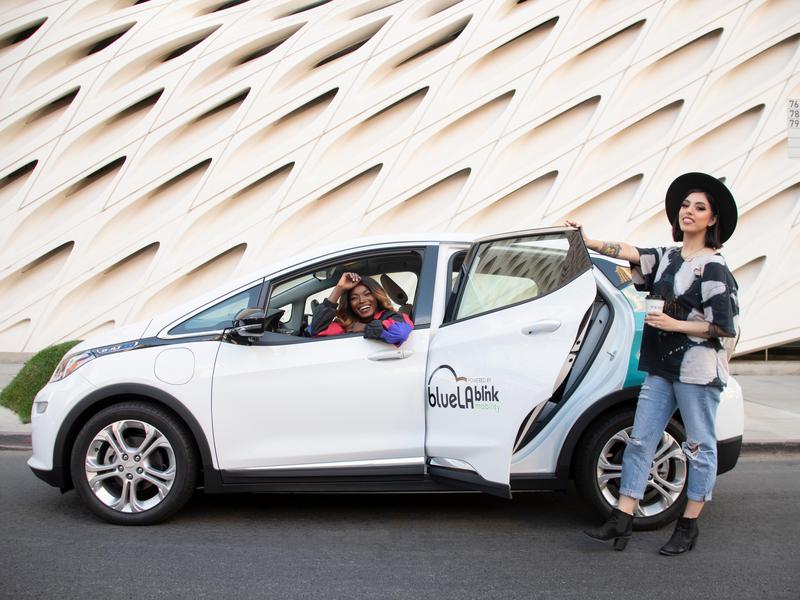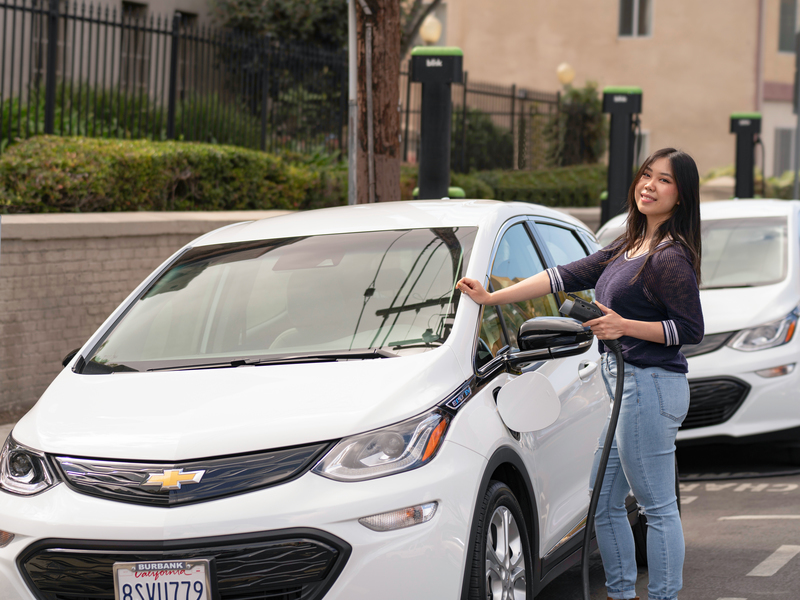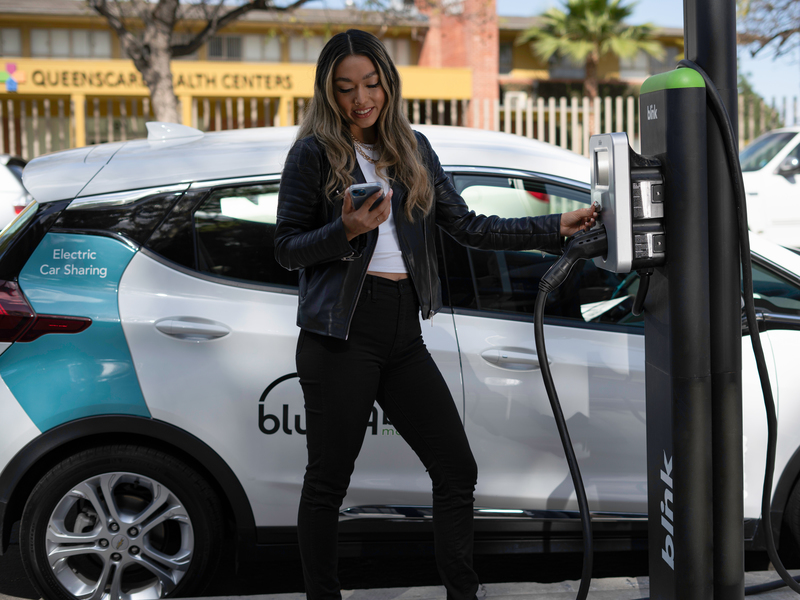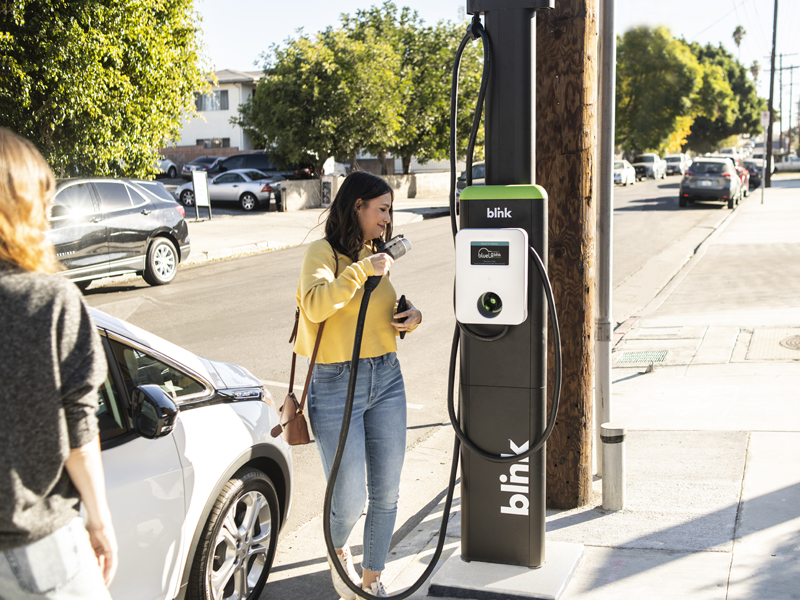There are times that an EV driver may need to “top off” their car quickly and get on the road fast, whether they’re faced with a long drive across town or the country, or maybe they have an emergency and don’t have hours to invest in charging. When you need to be on the road fast, is “topping off” smart for EVs? Or is the idea a remnant of ICE vehicle culture?
The Fastest Forms of Charging
There are three major kinds of quick charging. Ultrafast charging is the fastest form of charging. Adding 200 miles in 15 minutes, this form of charging is considered on par with ICE vehicles in the time it takes to fuel up. The hardware for this charger has to be paired with software to cut down on the stress of the battery. Currently, these chargers are built by BP in the UK and placed along busy highways in Australia but are not available in the U.S.
Rapid charging is faster than DC Fast chargers but slower than Ultrafast charging. They provide around 100 miles of charge within 15 minutes. Rapid charging is suggested for drivers who are “on the go.” It comes in two types: AC charging, which provides more power (around 43kW), and the DC version, which is faster. Different connectors are also required for AC vs. DC power. Mostly found in Europe.
DC Fast chargers can charge an EV 80% in 30 minutes. Most chargers provide EVs with AC power, which is turned to DC inside the vehicle. DC Fast chargers got their name because they charge the vehicle directly with DC power. The car doesn’t have to convert the energy, making charging faster. According to Driives.com. “DC Level 1 supplies a maximum of 80kW at 50-1000vDC, and DC Level 2 supplies a maximum of 400kW at 50-1000vDC.” They are also more expensive to use and don’t work on all cars.
DC Fast chargers are not challenging to find and can be used for a quick charge up. But just because “topping off” is possible doesn’t mean it’s a good idea.
Why You Might Want to Skip the Fastest Chargers
Fast chargers are devastating to EV batteries. It’s okay to use them once in a while, but using a DC Fast charger regularly can cut battery life in half. While most EV drivers report little to no maintenance on their cars and get a new vehicle before the battery dies (around 150,000 miles), drivers who routinely use the fastest chargers may find themselves replacing a pricey battery sooner than expected.
DC Fast chargers are nice to have access to and get you back on the road fast. However, fast chargers are a luxury, and drivers should treat them as such.
A quick alternative to battery-draining fast chargers, the Blink IQ 200; uses an 80-amp charger installed in a 100-amp circuit, providing up to 65 miles of charge per hour with an output of 19.2 kW.
Why You May Not Want to “Top Off” an EV At All
Like the battery in laptops and phones, an EV battery is most efficient at a 60-80% charge. Likewise, according to GreenEnergyConsumers.org, “Draining a lithium-ion battery down to 0% doesn’t only cause range anxiety; doing so consistently can be detrimental to the long-term health of the battery.”
While ICE vehicle drivers are accustomed to running down a fuel tank and then re-filling it completely, refueling EVs is more like “opportunistic charging.” Free charging at work? Grab an hour there. At your favorite restaurant? How about 45 minutes of charging. Recharging an EV to a 100% charge or running it down completely drains battery life, meaning those who insist on always having a 100% charge are basically paying to damage their battery. “Topping off” your EV to 100% is not only unnecessary; it could be costly in more ways than one.
Smart EV charging is simple; it’s just different from refueling ICE vehicles. If you have an emergency with a low battery, by all means, find and use the fastest charger available and get there, but if it’s possible to charge opportunistically, charge your car with a Blink IQ 200 and get on the road in the time it takes to grab lunch.
Recommend for You
Stay Informed
Join our mailing list for hot news and company updates.







